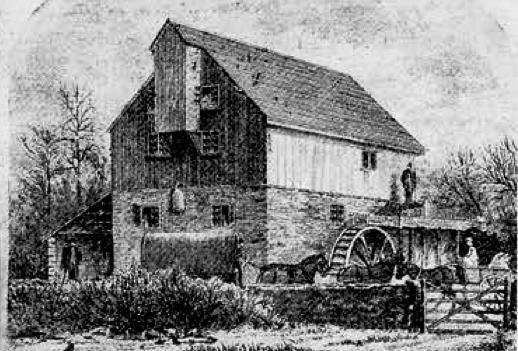The Mermaid of Zennor
The well-known image of a creature with the head and torso of a female but the tail of a fish from the waist downwards has become a popular feature in folklore. Each culture has their own variation on this legend, from the ‘Sirens’ of Ancient Greece, the ‘Melusine’ of Normandy, to the ‘Mami Wata’ spirits of West, Central, and Southern Africa. Despite the geographical and historical distance, they all share certain characteristics, namely their beautiful appearance which often leads to romances with humans. While each incarnation of the mermaid legend agrees on their being female from the waist upwards, the most notable difference between depictions of mermaids across cultures is the form of their legs. The most recognisable is the classic fish tail, but in many areas, such as western Europe and Africa, mermaids are imagined with the tail of a serpent. Elsewhere, mermaids are often pictured as almost identical to human women in shape, but with some subtle differences, such as pale skin and long green hair in eastern Europe, or webbed hands and feet in China. One Chinese folklorist describes a mermaid captured on Namtao Island:
By Eleanor Frampton
Along the Atlantic Coast of Cornwall, a few miles west of St Ives, is a small village named Zennor. The village is home to approximately 196 residents, a small pub, a few guest houses, a church, and, within this church, a few local legends. Although the church itself is of Norman origins, it supposedly stands on the site of a Celtic church dating back to the 6th Century AD. The church was named for Saint Senara, who legend has it was once a Breton princess named Asenora. Little was known about her historically, but the legend claims that her husband the King, suspecting her of infidelity when she became pregnant, had her nailed into a barrel and cast out to sea, where she eventually washed up on the Cornish shore. She founded the church in Zennor to bring Christianity to the local Celtic people, before moving on to Ireland to spread the word of God. It is fitting that the church is named for a woman who came to Cornwall from the sea, as St Senara’s Church is also the resting place of the last surviving relic of another local legend – The Merrymaid of Zennor. The ‘Mermaid Chair’, which sits alone in a darkened corner of the church, is a seat made from two medieval bench ends. One of these ends bears a carving depicting a woman with long flowing hair and a fish tail for legs. Locals say the carving was made around 400 years ago in memory of a man named Matthew Trewhella1, who, so the story goes, ran off to sea with a mermaid.
‘Her features and limbs were in all respects human, except that her body was covered with fine hair of many beautiful colours.’ 2
For as long as man has gone to sea, there have been tales of mermaids, supposedly the result of ocean-weary sailors mistaking aquatic mammals such as manatees for the figure of a woman.
Whatever form their legs may take, the folklore 24




